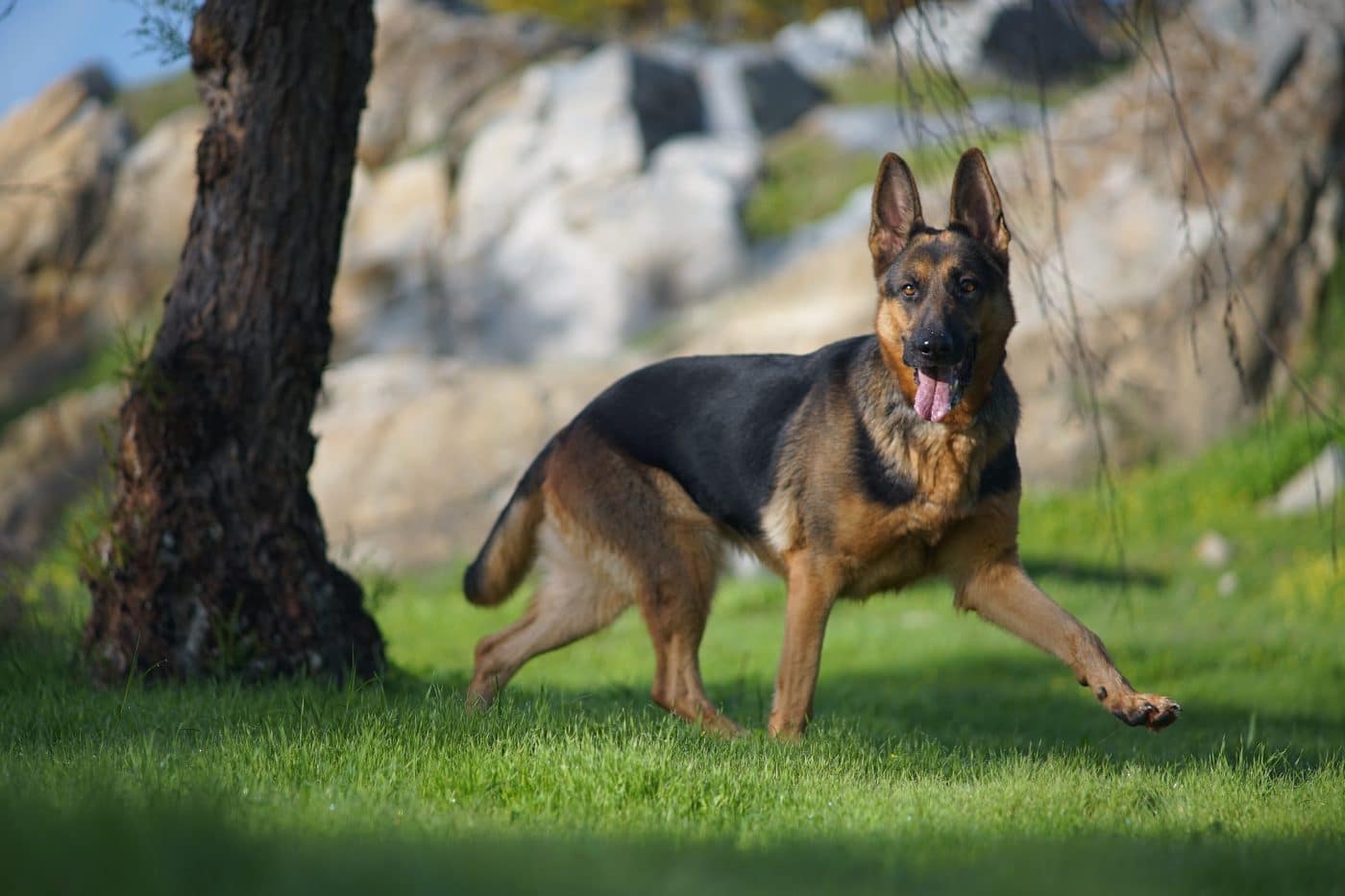 Shutterstock
Shutterstock
Before modern security systems and laser tripwires, there was a more loyal, fuzzier line of defense: dogs. Not just pets, these canine warriors were bred, trained, and trusted to guard the gates of castles, the thrones of kings, and the treasures of kingdoms. With loyalty sharper than any sword and barks that could rattle armor, these breeds weren’t just companions—they were royal bodyguards with wagging tails. From icy fortresses to medieval dungeons, these dogs earned their places beside royalty, often standing between danger and destiny.
Tibetan Mastiff
 Shutterstock
Shutterstock
Known for guarding Tibetan monasteries and ancient palaces nestled high in the Himalayas, the Tibetan Mastiff is basically a lion disguised as a dog. These dogs were bred to guard livestock, but they weren’t just watching sheep—they were watching over entire temples and villages. Their thick manes gave them a fearsome, lion-like appearance, which worked well when scaring off intruders who weren’t expecting a canine tank to greet them at the gates. Fiercely loyal and impressively aloof, the Tibetan Mastiff didn’t bark unless something was really wrong—and when they did, the whole valley knew about it.
Akita
 Shutterstock
Shutterstock
Originating from feudal Japan, the Akita symbolized strength, courage, and royal protection. These majestic dogs were gifted to samurai and even emperors, acting as sentinels of the home and family. Akitas were so revered that only the noble class could own them during certain periods of history. Their stoic demeanor and intimidating presence made them perfect for standing guard, and their legendary loyalty—yes, Hachikō, we’re looking at you—made them impossible to replace. If a castle had an Akita at the entrance, you knew it meant business.
Cane Corso
 Shutterstock
Shutterstock
Descended from Roman war dogs, the Cane Corso was bred to protect estates, farms, and castles. These muscular Italian guardians didn’t just bark—they enforced. They were often used to patrol the grounds, intimidate trespassers, and look fabulous. With their massive build and no-nonsense expression, the Cane Corso didn’t need to growl to be taken seriously. Picture a bodyguard in a tuxedo with muscles for days—and also fur.
Doberman Pinscher
 Shutterstock
Shutterstock
Fast, intelligent, and sleek as a shadow in the night, the Doberman Pinscher was a modern addition to royal and estate security. While they rose to fame in the 19th century, their loyalty and fearlessness would have made them excellent protectors in any castle corridor. These dogs are quick thinkers, agile runners, and fiercely attached to their people. Imagine one silently patrolling a candle-lit stone hallway—basically a four-legged ninja in a velvet cape. Their mere presence kept threats at bay before anyone even drew a sword.
German Shepherd
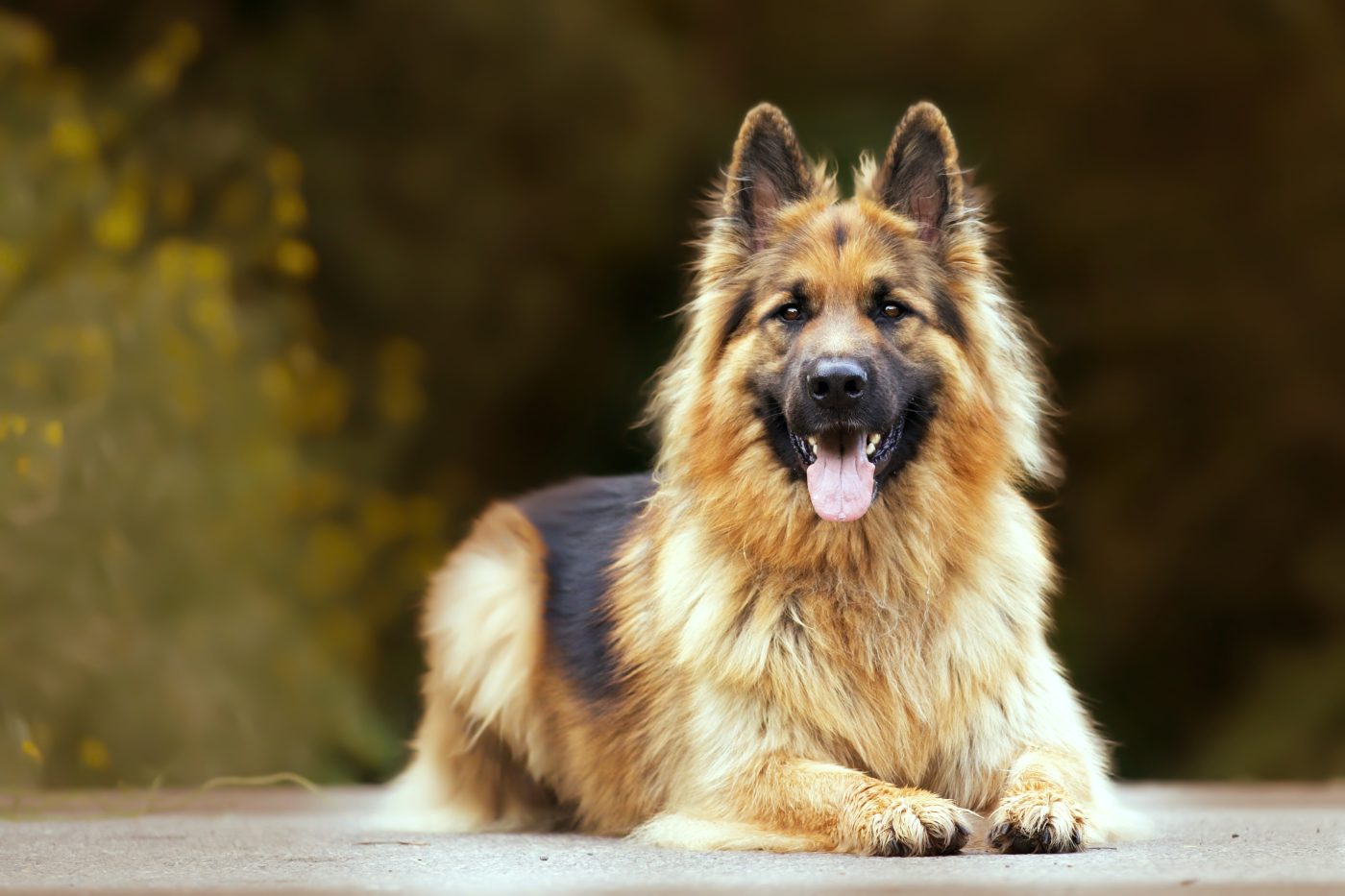 Shutterstock
Shutterstock
The German Shepherd is like the knight of the dog world: brave, intelligent, and always ready for duty. These dogs were trusted by military and royal personnel alike, often guarding important figures and patrolling large estates. Their trainability made them an asset for any tactical defense, and their appearance alone was enough to deter a peasant with poor intentions. Always watchful, always loyal, a German Shepherd was more reliable than half the castle’s guards—and they never fell asleep on duty.
Rottweiler
 Shutterstock
Shutterstock
Originally bred to drive cattle and pull carts for Roman legions, Rottweilers were strong, loyal, and utterly unafraid of confrontation. Over time, they became trusted guardians of property, people, and gold—literally. Medieval merchants used them to protect money pouches strapped around their necks. In royal courts, they were often trusted to protect the gates or patrol the outer walls of estates. Their strength and unwavering devotion made them the armored SUVs of their time—sturdy, unyielding, and always watching.
Great Pyrenees
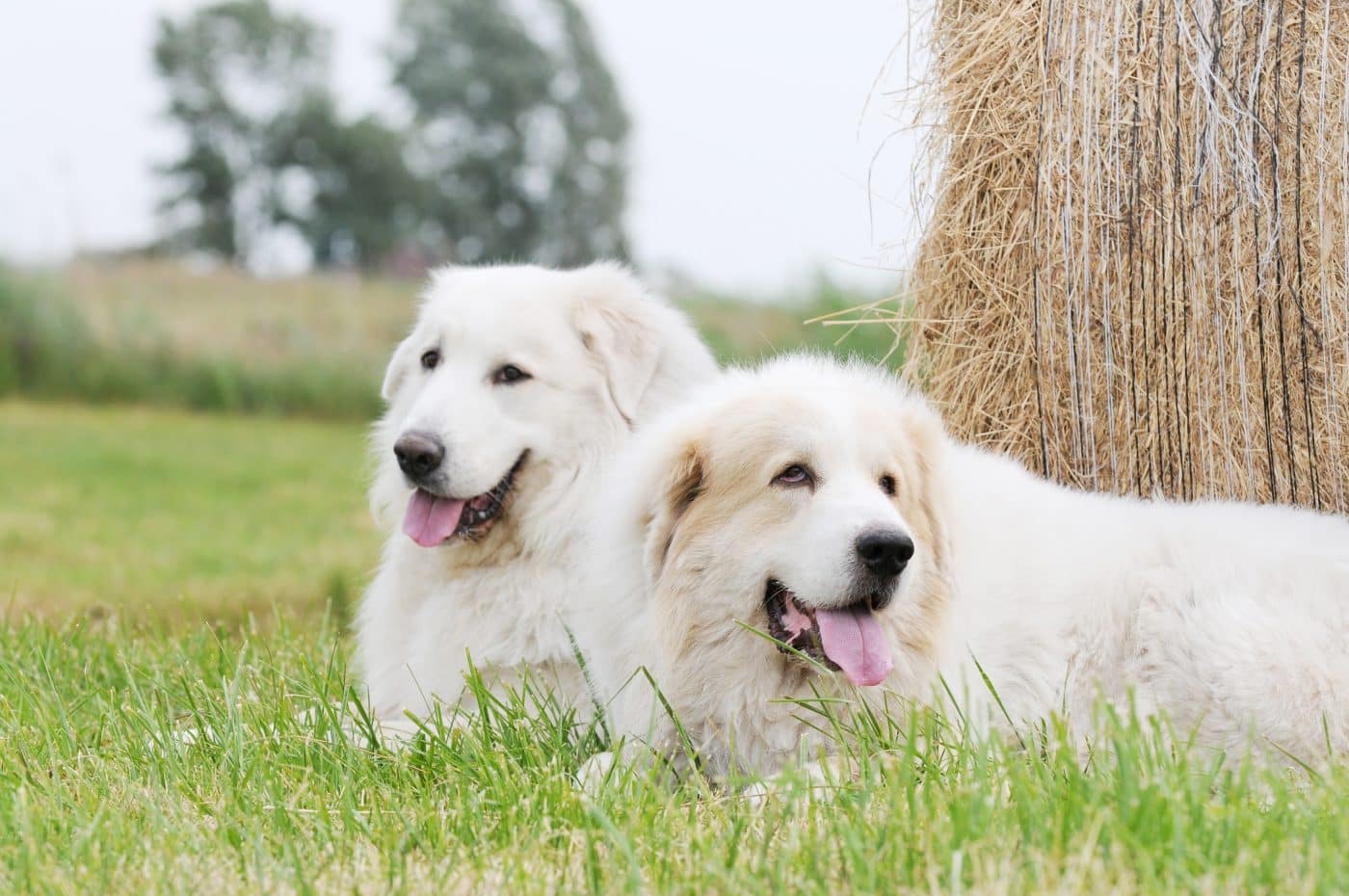 Shutterstock
Shutterstock
With a coat that screams “majestic snow beast” and a demeanor that says “I will flatten you if you touch my sheep,” the Great Pyrenees is a regal guardian through and through. These gentle giants were used to guard flocks in the Pyrenees Mountains but were also employed by nobility to protect estates, especially mountainous chateaus. They’re known for their calm courage, capable of assessing a threat and taking charge without waiting for orders. And let’s be honest—no one’s sneaking past a dog that looks like it came straight out of a fantasy novel.
Neapolitan Mastiff
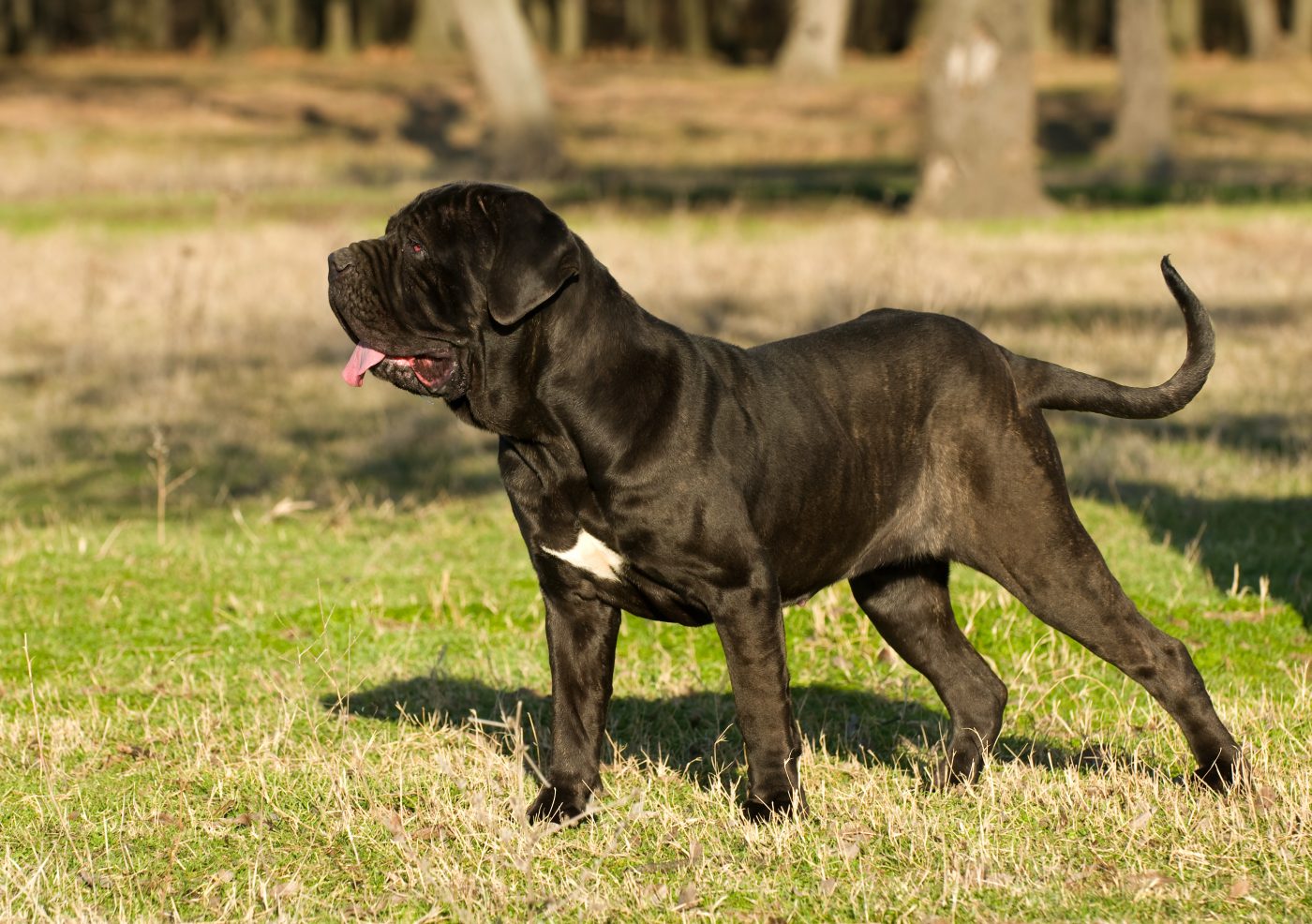 Shutterstock
Shutterstock
If you’re guarding a castle, you want a dog that looks like it could eat a burglar in one bite. Enter the Neapolitan Mastiff—wrinkly, droopy, and downright intimidating. This breed guarded estates in southern Italy and was valued for its protective nature and physical dominance. Their lumbering gait and sagging jowls might make them look sleepy, but make no mistake—when a threat appears, they move like a freight train with a mission. They’re the bouncers of the dog world, and they don’t do second warnings.
Belgian Malinois
 Shutterstock
Shutterstock
Fast, driven, and with a work ethic that would put most humans to shame, the Belgian Malinois is the elite guard dog modern royalty would’ve fought over. Used by police and military forces today, these dogs would’ve made exceptional castle guards, especially with their agility and sharp instincts. They don’t just chase—they strategize. While not a medieval breed per se, they would’ve patrolled castle walls with military precision, giving side-eye to anyone not wearing official robes or armor.
Kangal
 Shutterstock
Shutterstock
The Kangal is a Turkish livestock guardian dog that doubles as a full-time protector of anything within paw reach. These dogs were used to protect herds from wolves and bears—which means invading armies wouldn’t have stood much of a chance. They’re strong, independent, and not easily fooled. A Kangal didn’t just bark warnings—it followed through. With jaws like steel traps and hearts made of loyalty, they’d happily guard a kingdom and nap in the courtyard like royalty themselves.
Boerboel
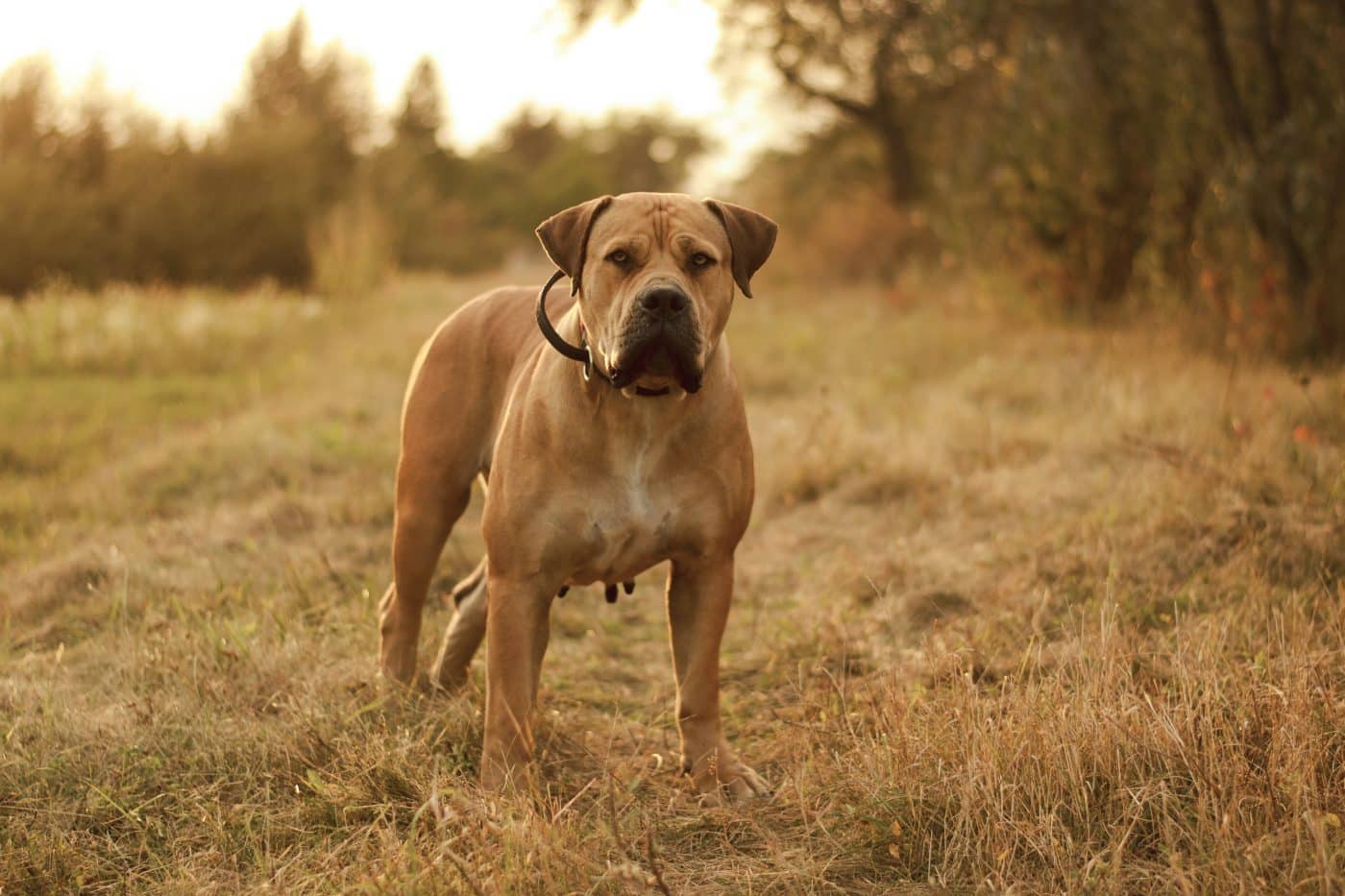 Shutterstock
Shutterstock
Coming out of South Africa with a name that roughly translates to “farmer’s dog,” the Boerboel is actually a royal-level guardian in disguise. These dogs were bred to defend homes and farms from predators and intruders, and they could easily be scaled up to castle protection with no extra training. Their confidence and boldness are unmatched, and their devotion to family is downright heroic. Think of them as the under-the-radar knights—no flashy armor, just brute strength and unwavering loyalty.
Komondor
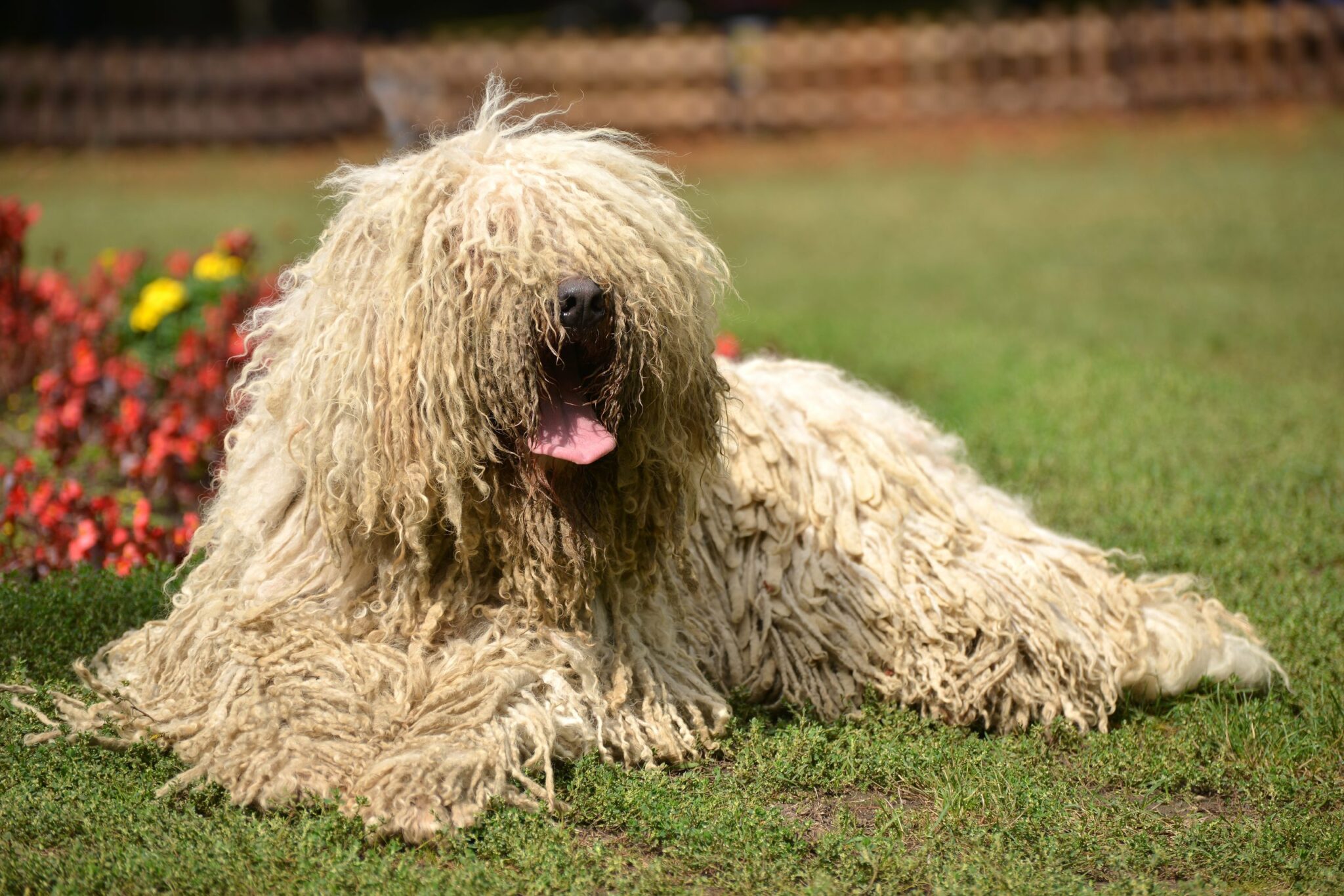 Shutterstock
Shutterstock
This mop-on-a-mission might look ready to clean the great hall, but the Komondor was bred to guard livestock and estates in Hungary. Their distinctive corded coats helped them blend in with sheep, allowing them to ambush predators like a dreadlocked ninja. Royal estates appreciated their unusual look and fierce protectiveness. Underneath the mop is a powerful, strategic guardian who won’t hesitate to act—and then politely go back to pretending to be a floor rug.
Alabai (Central Asian Shepherd Dog)
 Shutterstock
Shutterstock
Ancient, fearless, and as sturdy as a castle wall, the Alabai is a guardian breed from Central Asia known for protecting homes, livestock, and fortresses. This breed doesn’t scare easily—it was bred to stand its ground against wolves, leopards, and the occasional invading force. They were prized by nobles and warriors alike for their independence and ability to think in the heat of the moment. With their size and presence, they were often found sitting stoically near gates, watching the world like royal statues with teeth.
The Royal Ruffguards of History
 MidJourney
MidJourney
These majestic canine protectors weren’t just loyal companions—they were trusted defenders of kingdoms, furry symbols of power, and the original security systems with built-in adorableness. From guarding emperors in ancient courts to patrolling castle grounds and snowy mountain passes, these dogs held their ground with courage and devotion. Their instincts, strength, and unwavering loyalty made them legends. So, while your pup may now guard the couch or bark at the pizza guy, remember—they descend from noble beasts who once protected royalty and ruled their realms with paws of valor.

 1 week ago
7
1 week ago
7



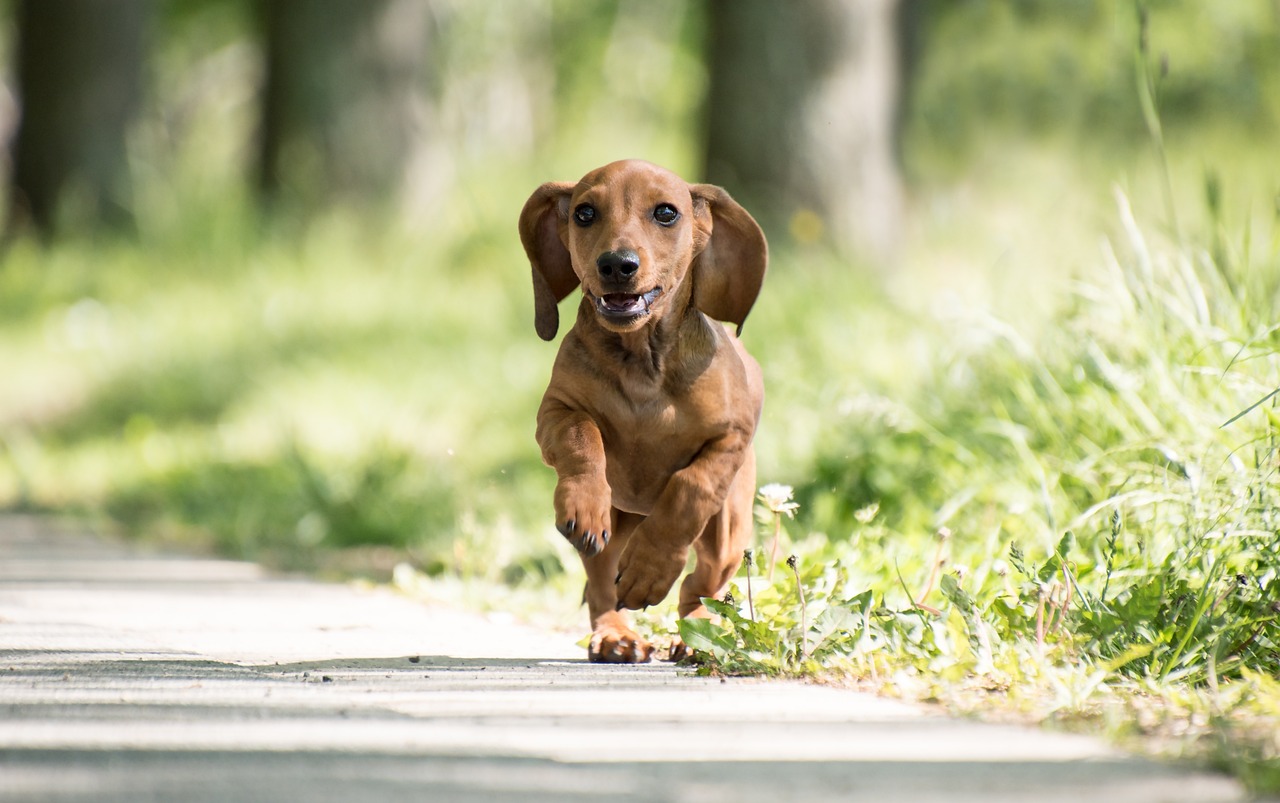



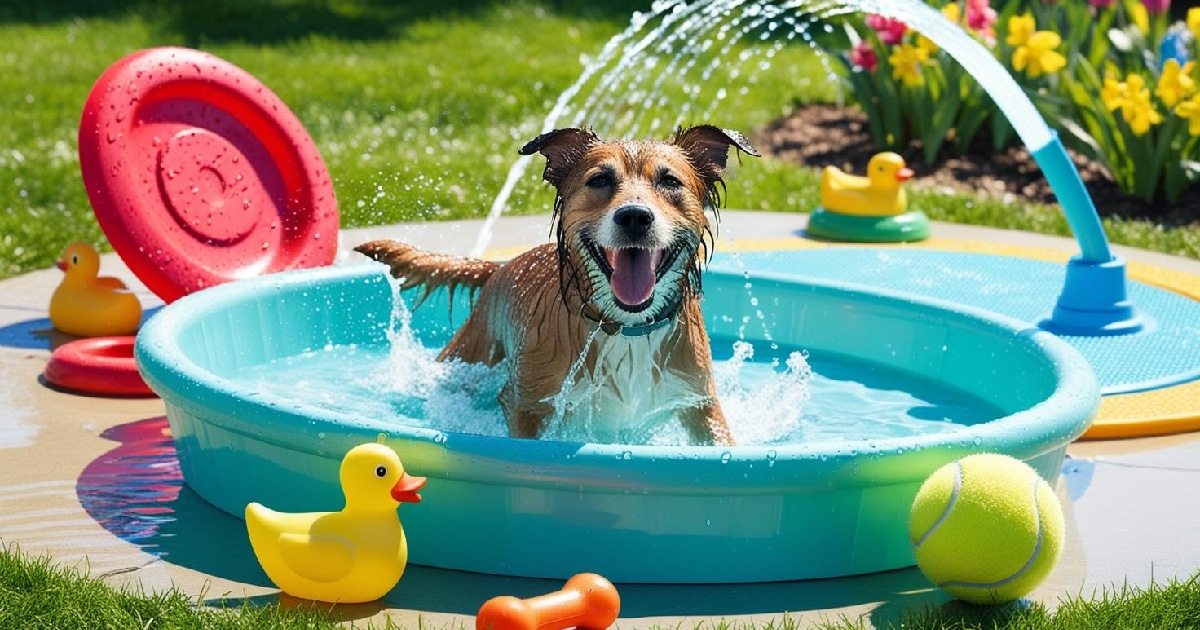
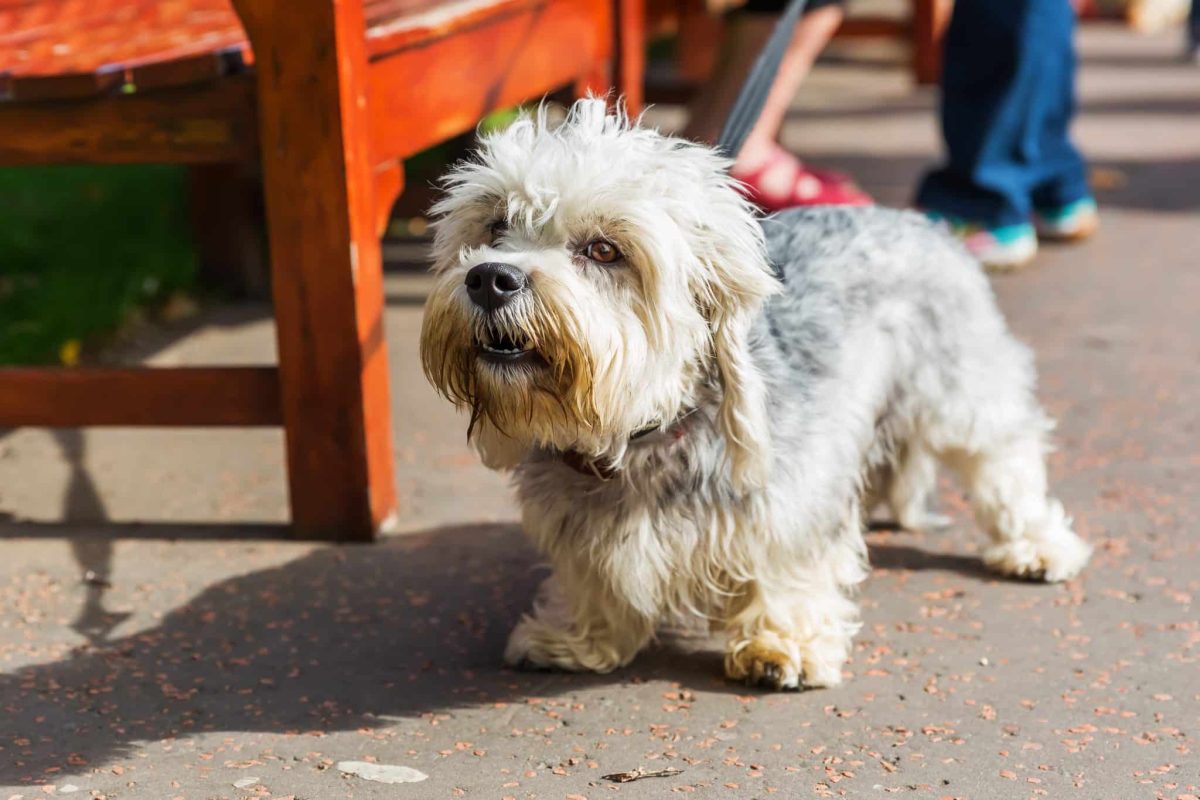



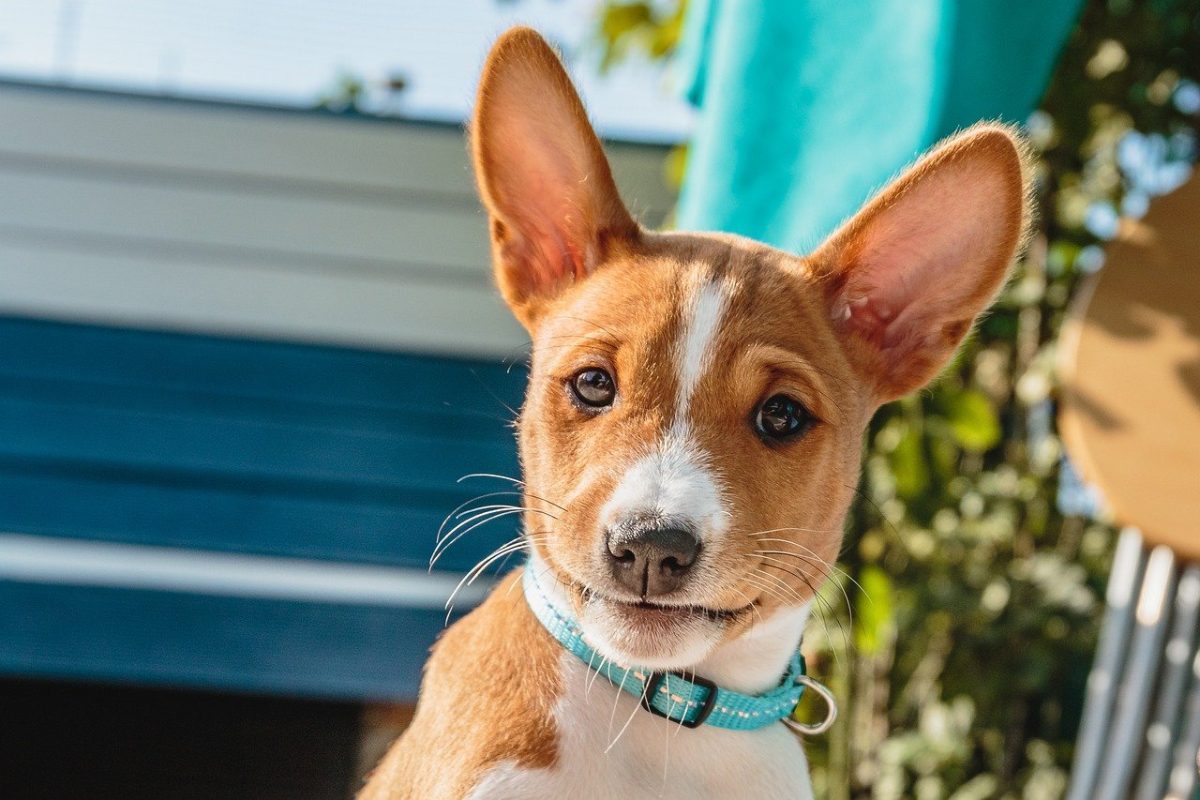
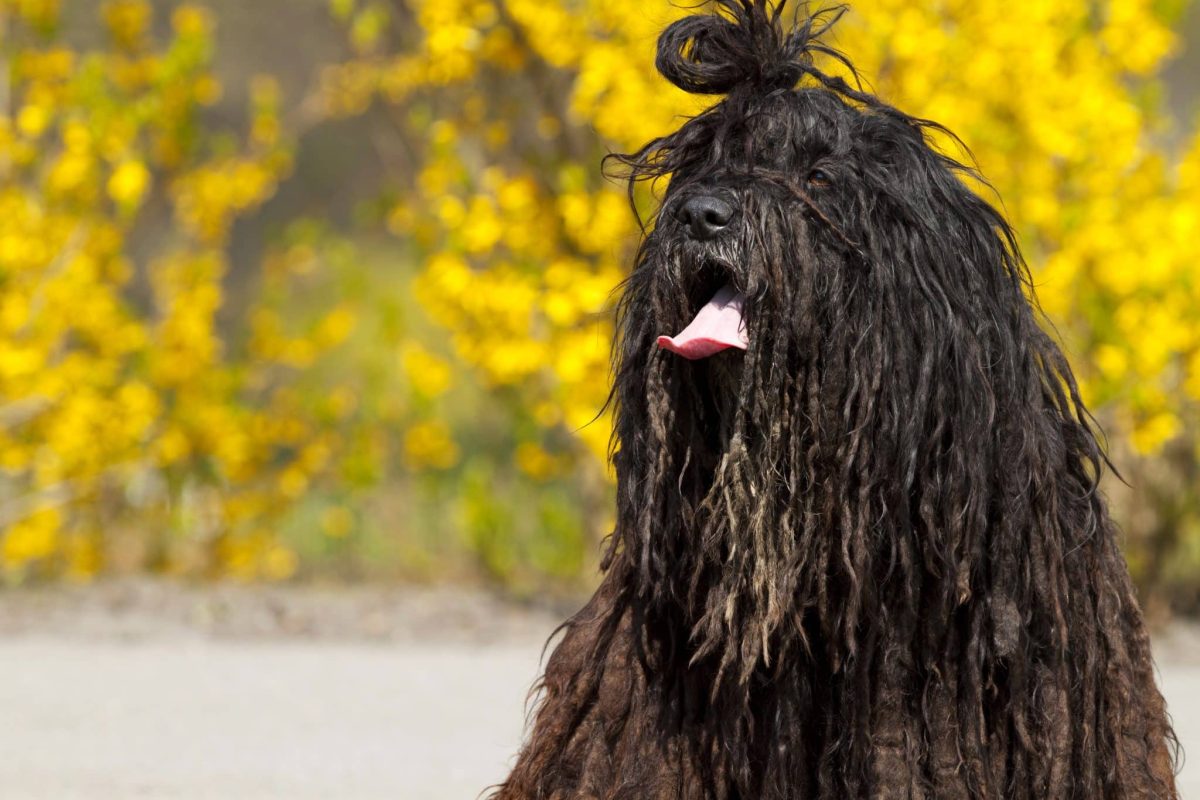
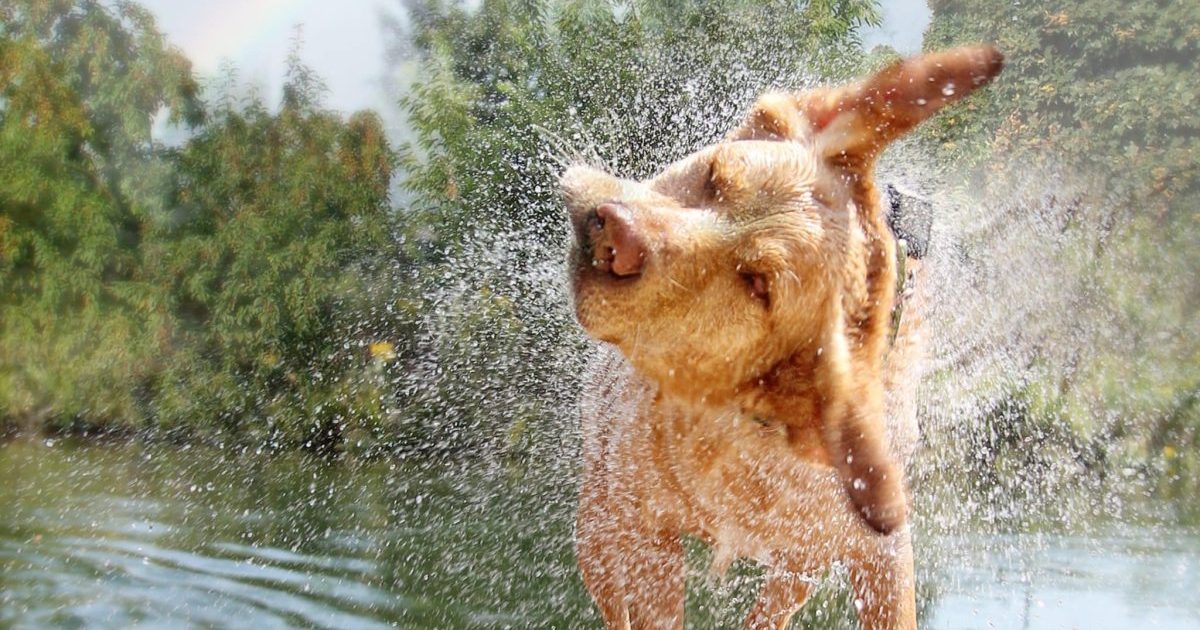
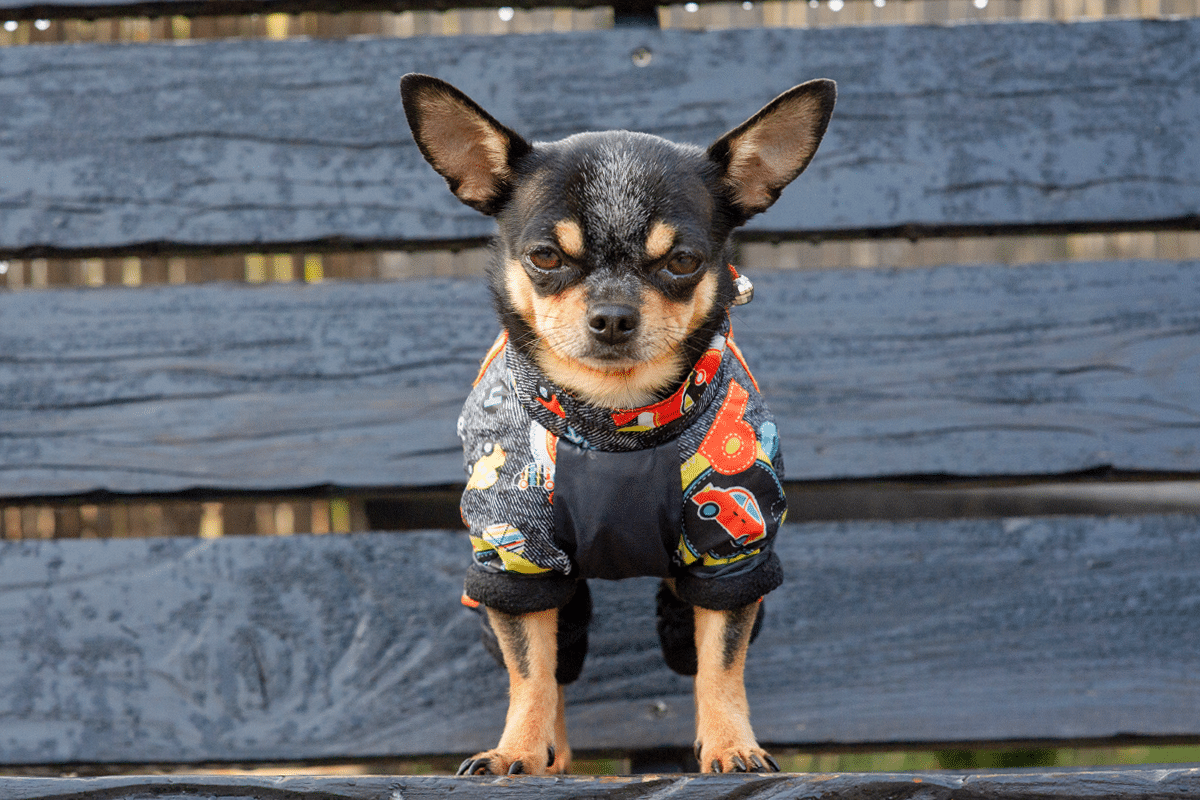


 English (US) ·
English (US) ·